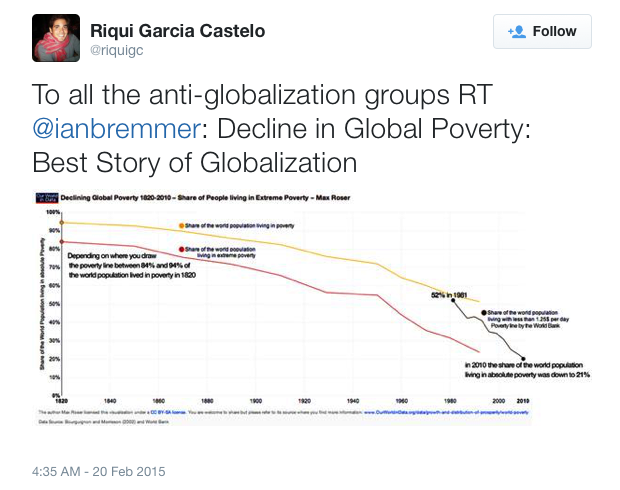
Gangnam Style. The K-pop video that took the world by storm. 2.5 billion views on YouTube, cementing itself as the most viewed YouTube video of all time. However, those 2.5 billion views just show a small glimpse into South Korea’s culture industry.
In a society that was often dominated by American and Japanese culture, South Korea began to kick into gear, becoming a competitor to the two powerful cultures that not only had an effect on Asia, but pretty much the world. However, with the mass production of films, music and TV shows, South Korea created a wave of Korean culture, overpowering America and Japan to become the most dominant cultural force in Asia.
The Korean wave is pertinent to the field of global communication studies because this cultural phenomenon is quintessentially communicative, central to a notion of shared and mediated culture as a transmitted pattern of meanings embodied in symbolic form and action by means of which people communicate, understand each other, and develop their new identities. – Woongjae Ryoo [1]
I have to agree with Woongjae Ryoo’s comment on the Korean media being a shared and mediated culture, as we can use subtitles to watch their movies and television shows or we can enjoy the rhythm & beat of K-pop songs without knowing the words. The Korean wave is simply communicative.
However, With American companies, such as Warner Bros and Fox, now producing
Korean content, it demonstrates a prime example of ‘cultural hybridisation’. But what is cultural hybridisation?
Hybridisation of culture occurs as local cultural agents and actors interact and negotiate with global forms, using them as resources through which local peoples construct their own cultural spaces, as exemplified in the case of South Korean cinema and television dramas. Woongjae Ryoo [2]
America’s interest in Korean production companies demonstrates this process. Although it may not have a direct effect in the Korean media, it serves as a purpose to strengthen the ties between American companies and Korean producers. This may contribute to an “Americanisation period” in Korea in the near future.
One example of ‘cultural hybridisation’ is the popular entity of K-pop and in particular, PSY. The Korean pop star rose to international fame with the smash hit “Gingham Style”, which kicked off his period of ‘cultural hybridisation’. PSY, already being famous in Korea, began to introduce the English language into songs and collaborating with American artists such as Snoop Dogg. This further serves Woongjae Ryoo’s theory of developing a new identity, as PSY was considered new to the American audiences, however, has been a K-pop star since 2001.

PSY had two upsides of being a performer for both Korean and American music companies. His K-pop songs were now being played all over the world, intriguing listeners to venture into K-pop to search for other artists and purchase k-pop albums. With his popularity in Korea, the other upside is with his songs, such as “Gentleman” and “Hangover”, that contain English lyrics. These songs give the Korean culture a chance to listen to ‘American music’ and other American artists.
America’s interest with Korean media elucidates the attempts from both American companies and Korean performers to introduce themselves to a new culture and market. This “cultural hybridisation” furthers Ryoo’s theory of the Korean wave being pertinent to the field of global communication studies.
547
References
[1] Woongjae Ryoo (2009) Globalization, or the logic of cultural hybridization: the case of the Korean wave, Asian Journal of Communication, 19:2, 137-151
[2] Woongjae Ryoo (2009) Globalization, or the logic of cultural hybridization: the case of the Korean wave, Asian Journal of Communication, 19:2, 137-151







